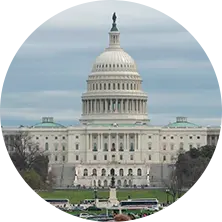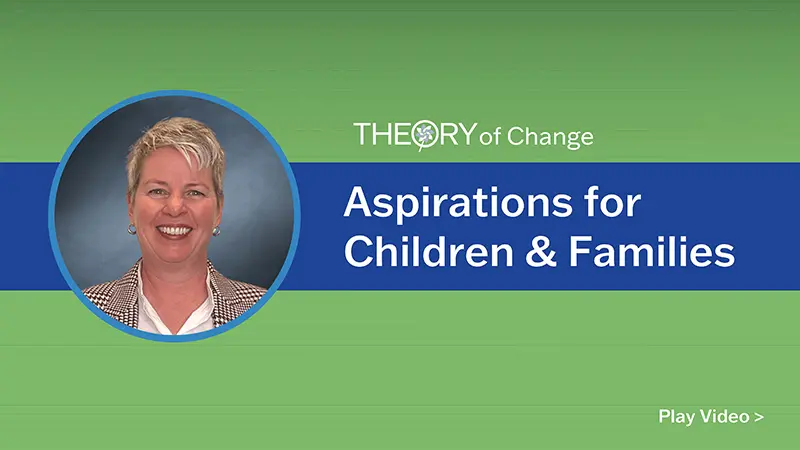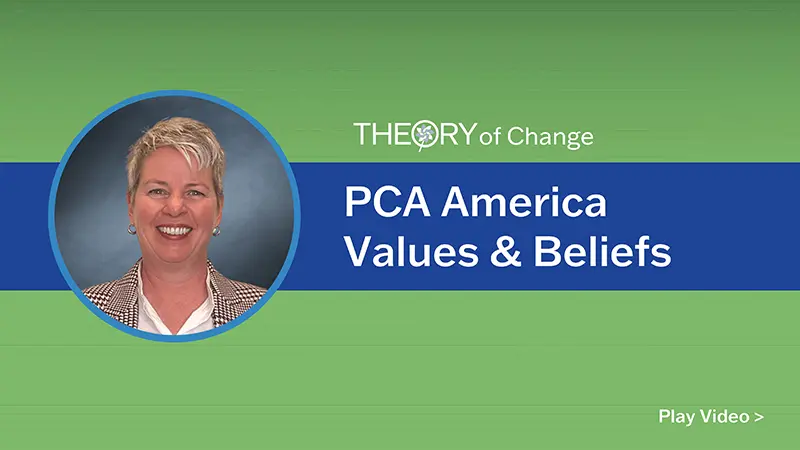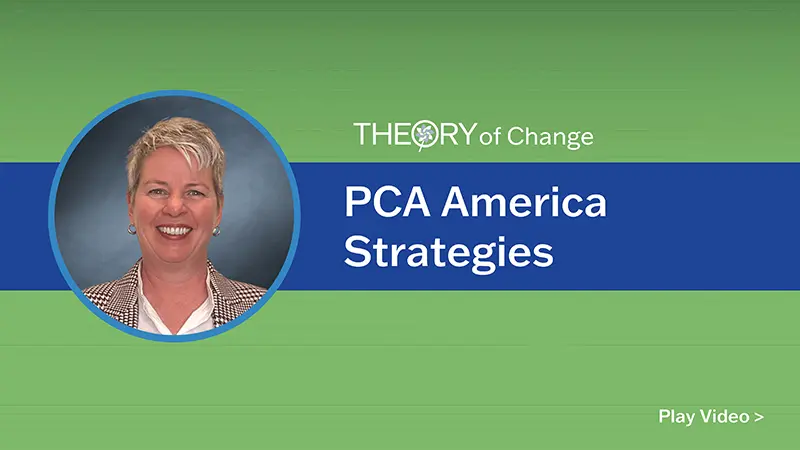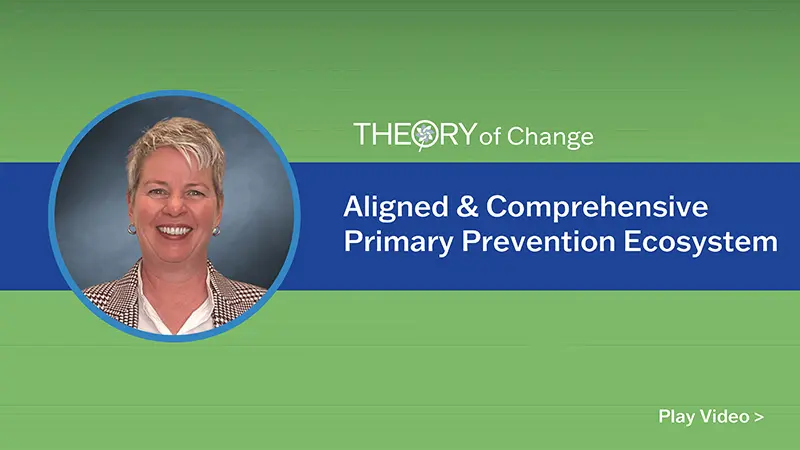
Our North Star:
All children and families are living a purposeful and happy life with hope for the future.
Aspirations for Children and Families
Aspirations for children and families represent key facets of health and well-being that PCA America is aiming to influence directly and indirectly through its efforts (e.g., HFA home visiting, policy advocacy, etc.).
This includes reducing disparities in the aspirations across intersections of demographics (e.g., race/ethnicity, geography, etc.). The aspirations and associated indicators can currently be examined through existing data sources within regional populations, and ideally over time within populations engaged with the PCA America Network.
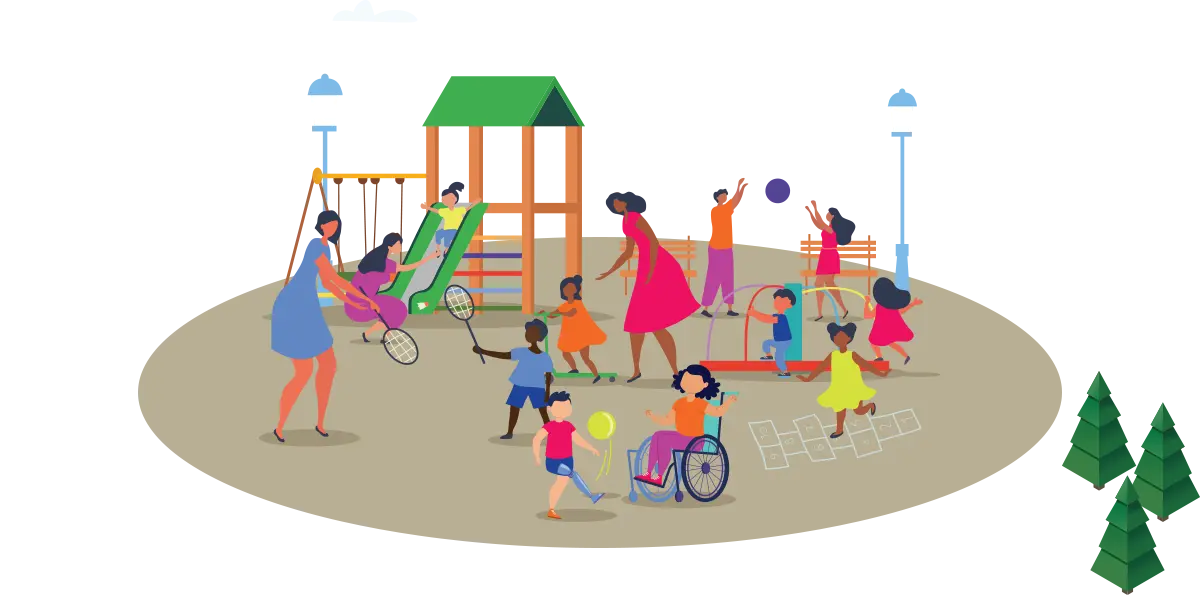

PCA America Strategies are efforts the organization is committing to pursue to do our part in helping our nation build an aligned and comprehensive primary prevention ecosystem to advance the aspirations for all children and families.
- Transform the narrative
- Center families
- Build evidence and advocate
- Activate adaptive action
- Grow human and financial capacity


An aligned and comprehensive primary prevention ecosystem includes families, communities, elected officials and policy makers, and cross-sector (e.g., child welfare, education, business and economic development, health, housing, government, etc.) organizations and institutions at regional, state, and national levels. PCA America and its Network are part of the primary prevention ecosystem.
Shared Value for Prevention
- Mindsets
- Formal goals
Prevention Structures
- Decison-making
- Policies and practices
- Connections
Prevention Resources
- Leaders and staff
- Family supports, opporunities and environments


